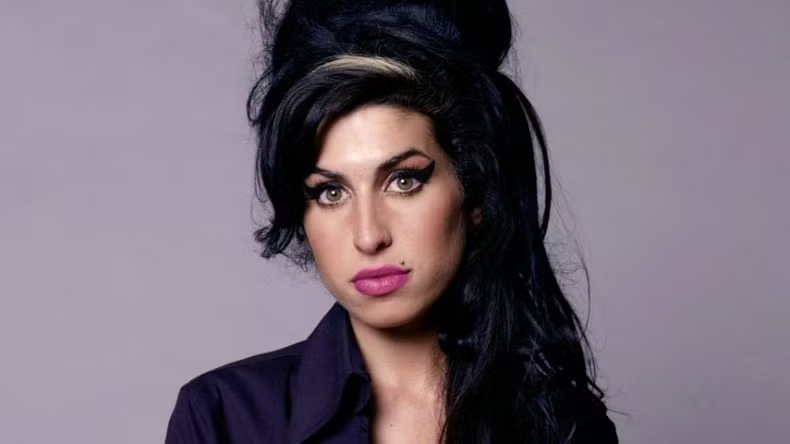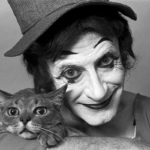It’s been over a decade since Amy Winehouse left this world, but somehow, her voice still sounds like no one else. Raw, soulful, broken yet powerful. Amy wasn’t just a singer, she was a mood, a whole vibe that defined a generation of heartbreaks, smoky bars and vintage eyeliner.
Jazz Was Always Her First Love
Amy Jade Winehouse grew up in North London with a love for jazz, old-school soul and Motown legends. Before the fame, the paparazzi and the scandals, Amy was just a girl obsessed with old jazz records. She grew up listening to legends like Billie Holiday, Ella Fitzgerald and Sarah Vaughan. These voices shaped hers; that smoky, timeless sound didn’t come from a pop machine but from nights spent soaking in the soul of another era.
Even when she worked with modern producers, Amy fought to keep that vintage jazz feeling alive. She once said she didn’t want to be just a pop star, she wanted to be remembered like her jazz heroes. And in a way, she is: raw, classic and impossible to copy. Her love for jazz didn’t just inspire her music: it made it immortal.
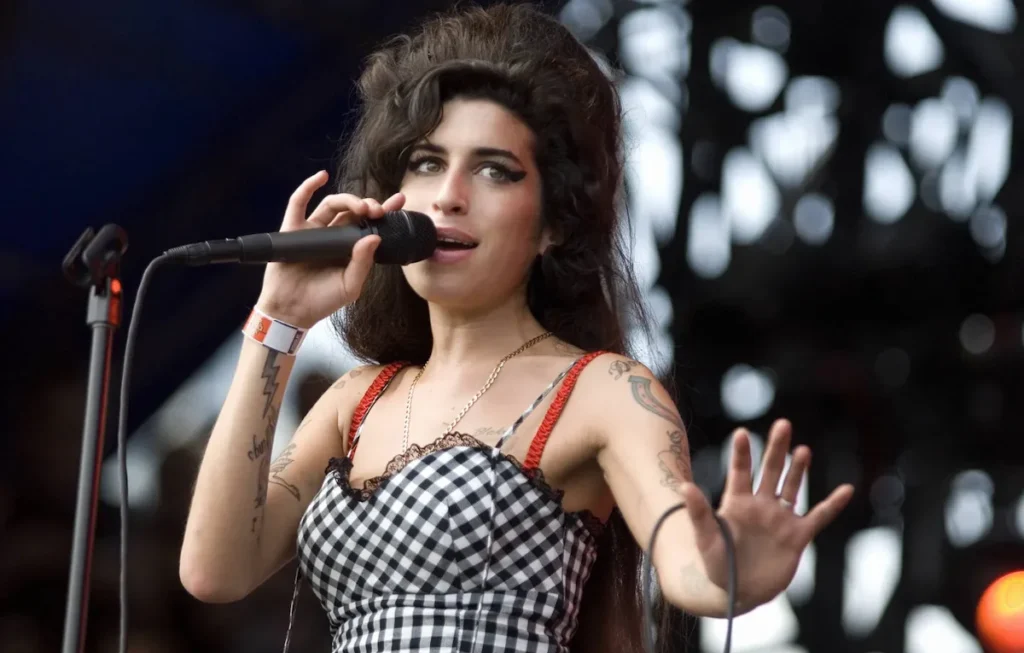
A Star Unlike Any Other
By the time she released her first album “Frank”, people knew this girl wasn’t pop’s typical good girl. She didn’t care about polished perfection, she sang like she meant every word, messy and real.
But it was “Back to Black” that turned Amy into a global icon. Songs like “Rehab”, “You Know I’m No Good” and “Tears Dry on Their Own” weren’t just catchy, they were confessions. Her retro style mixed with lyrics about love, addiction and pain made her stand out in a pop scene full of plastic smiles.
Back to Black: An Album That Defined an Era
Released in 2006, “Back to Black” wasn’t just another album, it was a raw diary put to music. Mark Ronson’s vintage production made it timeless, but it was Amy’s voice and words that made it unforgettable.
The honesty hit people hard. Lines like “They tried to make me go to rehab, I said no, no, no” weren’t just lyrics, they were real life. She didn’t pretend to be perfect, and that imperfection is exactly what made her so loved.

Style Icon Without Trying
Amy didn’t just sing different, she looked different too. Her beehive hair, thick cat-eye liner and pin-up dresses turned her into an instant style reference. The Amy look inspired fashion runways, Halloween costumes and countless tattoos. She made vintage feel modern again.
But behind the glam, there was always the real Amy: vulnerable, wild, refusing to fit into any mold. And that’s why so many people still relate to her today.
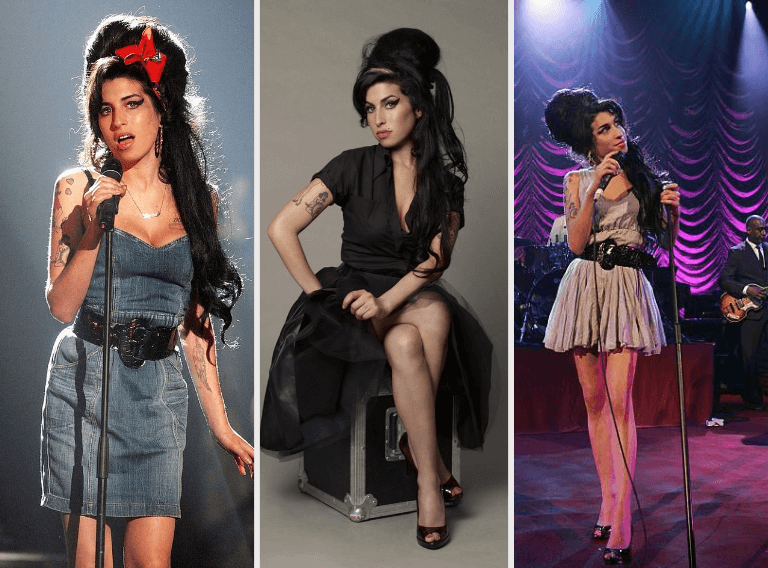
A Life in the Spotlight
Sadly, Amy’s talent and her troubles came hand in hand. The tabloids loved to follow her every move: the messy nights out, the chaotic relationships, the rumors. Instead of protecting her, the media fed on her downfall. She was young, famous and spiraling, and the world watched.
Amy died at just 27, joining the tragic “27 Club” with legends like Kurt Cobain and Janis Joplin. Her story is heartbreaking, but her music made sure her voice didn’t die with her.
Her Legacy Lives On
Today, new generations still discover Amy. Her songs pop up on TikTok edits, Spotify playlists and heartbreak reels. Documentaries, tribute concerts and even her face on murals remind us that talent like hers doesn’t come often.
Amy’s story is a warning about fame, but her voice is a gift that keeps giving. She made music raw again when it needed it the most.
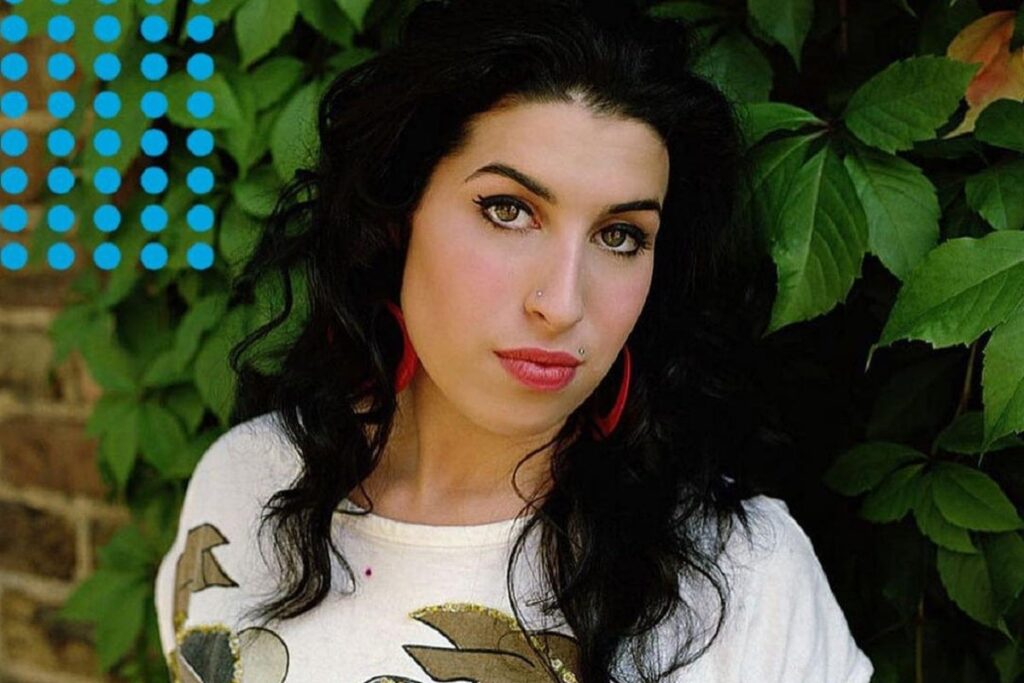
More Than Just Music
Amy’s influence goes beyond her songs. She opened doors for artists who wanted to be honest and messy; from Adele to Lana Del Rey, many say Amy made it okay to bring back soul and vulnerability.
Fans remember her not just for the tragedies, but for the good things too: the jokes, the deep belly laughs, her love for her band and family. She wasn’t just a sad story, she was a real person who sang her truth.
Know more about the artist:
Know more about the author:
https://www.instagram.com/alxs._.mapl?igsh=MXVtYjlmYm1pbWR6dA%3D%3D&utm_source=qr

